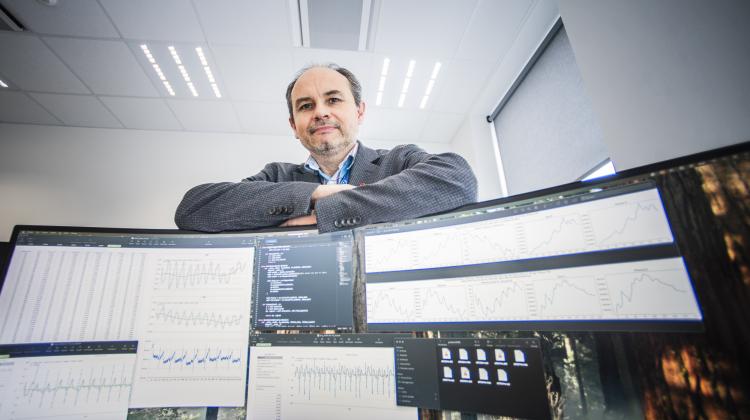This year's laureates are scientists who, using computational techniques and artificial intelligence algorithms, have created tools to better understand the secrets of life. In its justification for the award, the Nobel Committee said that one of the recognised discoveries is about how to create spectacular proteins, and the other is about fulfilling a 50-year-old dream: predicting protein structures based on their amino acid sequences. Both of these discoveries open up enormous possibilities. What deserves to be emphasised is the extremely interdisciplinary nature of the prize-winning research carried out by researchers able to cross the boundaries of classically defined scientific disciplines, combining the worlds of biology, chemistry and medicine with computer science. Moreover, this is already the second Nobel Prize this year recognising the use of artificial intelligence models in scientific research.
Proteins are large-sized bio-molecules that are crucial to the functioning of organisms. The unique importance of proteins is not only related to their highly diverse structure, but above all to the resulting unique specificity of their function to perform important tasks for the organism. Abnormalities in the production of proteins or disruption of their function can be the basis of many diseases, and modern therapies and drugs are directed at a specific biological target, which is often proteins. Hence, the structure of proteins is crucial to understanding their function and directly affects our ability to design new drugs and seek innovative therapeutic strategies. Proteins are made up of chains containing often hundreds of amino acids. However, the function of a protein is not determined by the order of the amino acids in these chains, but by the three-dimensional structure of the molecule, which is a consequence of the coiling, twisting or intertwining of these chains. Translating the order of the amino acids in a protein chain into its three-dimensional structure or this structure into an amino acid sequence is not a simple task, but is crucial for understanding its function and preparing proteins with specific properties.
Prof David Baker's discoveries address this problem by equipping chemists with a unique computer programme to translate the three-dimensional structure of a protein into an amino acid sequence. The research of Demis Hassabis and John M. Jumper, on the other hand, addresses the development of an artificial intelligence model called AlphaFold2 to predict the three-dimensional structure of proteins based on the amino acid sequence. The award-
winning research has opened access to a whole range of new proteins with potential applications as drugs, vaccines, nanomaterials or biosensors.
During one of the lectures held as part of this year's Research Week at the Łódź University of Technology, Professor Piotr Sankowski of the University of Warsaw posited that scientists who do not use artificial intelligence tools in their research will be replaced by those who do. This year's Nobel Committee election seems to confirm it.





